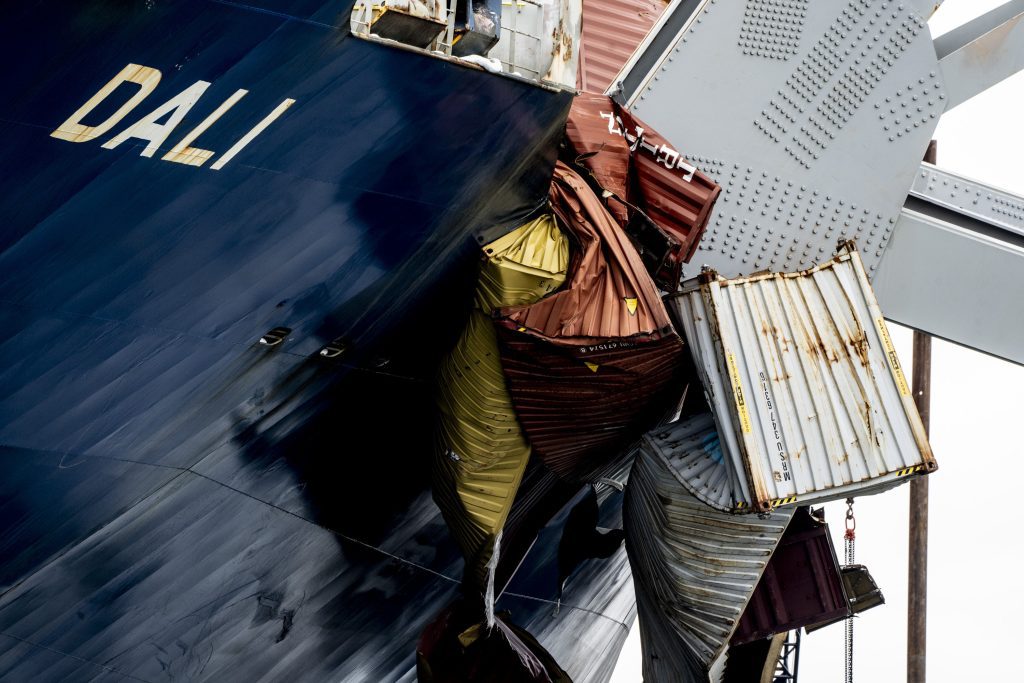The company that owns and manages the cargo ship involved in the recent Baltimore bridge crash requested a federal judge on Monday to restrict its legal responsibility for the bridge collapse.
In a joint request to limit liability The cargo ship's owner, Grace Ocean Pte. Ltd., based in Singapore, and the ship's manager, Synergy Marine Pte. Ltd., have filed a motion in a Maryland federal court to cap their liability at around $43.6 million.
The ship is valued at up to $90 million and had over $1.1 million in income from the cargo. The legal documents mention that repair costs will be approximately $28 million, with at least $19.5 million for salvage expenses.
The 984-foot cargo ship, known as the Dali, was trying to leave Baltimore Harbor en route to Sri Lanka last Tuesday when it lost power and collided with the Francis Scott Key Bridge. This collision led to the collapse of part of the bridge into the Patapsco River.
Prior to the crash, the ship managed to send out a mayday call, allowing authorities to stop traffic just before the incident. However, eight individuals working on the bridge were unable to escape and were thrown into the water upon impact.
Two workers were rescued and survived, and divers found two bodies in a submerged truck. The four remaining workers, who have not been located, are presumed dead.
Filing a limitation of liability motion is standard in U.S. maritime law cases. The companies are also using a pre-Civil War provision of maritime law to potentially limit their liability to the value of the Dali’s remains after the crash, The Associated Press stated.
Morningstar DBRS, a credit rating agency, forecasted the incident could be the most expensive marine insured loss in history, surpassing the record losses from the 2012 Costa Concordia cruise ship accident. The insured losses could reach between $2 billion and $4 billion, the agency remarked.
The federal court in Maryland will determine the responsible party and the owed amount, though such cases typically take years to fully resolve, according to Martin Davies, director of Tulane University Law School’s Maritime Law Center, as reported by the AP.
“Though it’s a massive case with a very unique set of circumstances, I don’t believe it will be that complex in legal terms,” he mentioned to the newswire. “All aspects of the law are very clear here, so I think the thing that will take the time here is the facts. What exactly went wrong? What could have been done?”
Experts informed the newswire the cost to reconstruct the bridge could amount to at least $400 million, or possibly double that, depending on the design.
The bridge collapse has resulted in the closure of the Port of Baltimore, a crucial shipping center on the East Coast that supports over 15,000 direct jobs and more than 139,000 indirect jobs. The U.S. Coast Guard initiated an alternative channel on Monday near the wreckage for essential commercial vessels, marking the initial phase in the extensive process of reopening the main channel.
Officials stated that while they are making efforts to resume commerce as much as possible, the salvage process will be lengthy, and there has been no exact schedule for when the port might be able to open. A tugboat was the first boat to use the waterway Monday.
The Associated Press contributed reporting.









